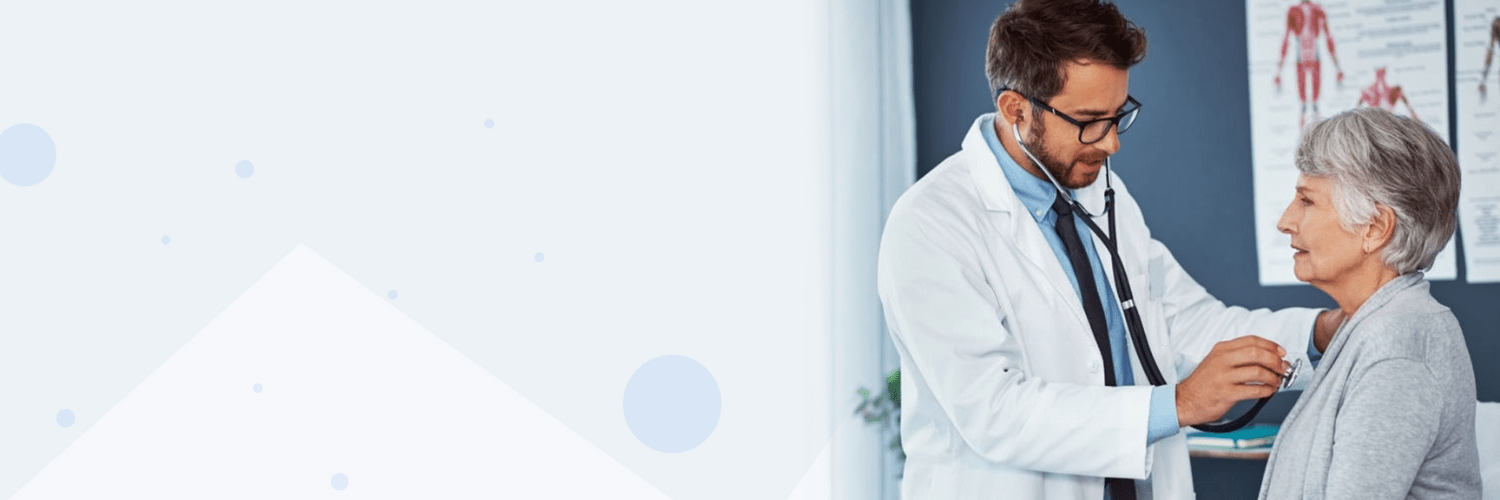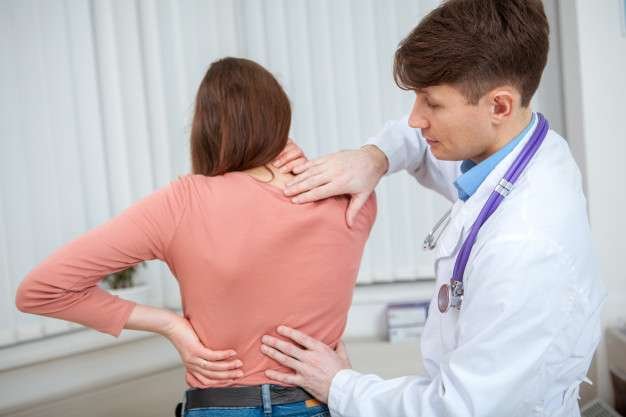
SCOLIOSIS
Best Scoliosis Treatment in Lucknow
Scoliosis is a medical condition that causes an abnormal spine curvature. In this guide, we’ll explore the causes, symptoms, and treatment options for scoliosis.
What is Scoliosis?
Scoliosis is a medical condition that causes an abnormal curvature of the spine. Instead of a straight line, the spine may curve to the left or right, or in an S-shape. This can cause uneven shoulders, hips, or waist, and may lead to back pain or difficulty breathing. Scoliosis can be mild or severe, and may require treatment depending on the severity and symptoms.
Types of Scoliosis
There are two main types of scoliosis: congenital and idiopathic.
Congenital Scoliosis is a condition that is present at birth. It is caused by a malformation of the vertebrae, which can occur in utero or during delivery. Congenital scoliosis can also be caused by genetic disorders such as muscular dystrophy or cerebral palsy.
Idiopathic Scoliosis is the most common type of scoliosis, accounting for about 80% of all cases. It typically develops in early adolescence and affects girls more often than boys. The cause of idiopathic scoliosis is unknown, but it is thought to be due to a combination of genetic and environmental factors.
Both congenital and idiopathic scoliosis can lead to deformity and disability if left untreated. In severe cases, the spine can curve so much that it presses on the lungs and heart, making it difficult to breathe and causing other health problems. Scoliosis can also cause pain, fatigue, and difficulty with everyday activities such as walking and sitting. Treatment for scoliosis aims to stop the progression of the curve and prevent complications. Options include bracing, physical therapy, and surgery.
What are the Causes of Scoliosis?
In most cases, the exact cause of scoliosis is unknown, but it is thought to be a combination of genetic and environmental factors. Some cases of scoliosis are linked to genetic conditions such as muscular dystrophy or cerebral palsy. Other cases may be caused by spinal injuries, infections, or tumors. In some cases, scoliosis may develop during adolescence as a result of rapid growth and hormonal changes.
What are the Symptoms of Scoliosis?
An abnormal curvature of the spine is the most common symptom of scoliosis. As a result, the shoulders, hips, and waist may appear uneven. Other symptoms may include back pain, fatigue, and difficulty breathing. In severe cases, scoliosis can also lead to complications such as spinal cord compression or lung problems. It is important to seek medical attention if you suspect you or a loved one may have scoliosis.

- It is major spine surgery. The primary aim of surgery is to correct the deformity. It is most commonly done from behind.
- Infantile scoliosis may be treated with instrumentation without fusion in the form of a growth rod technique. As the age progresses, the rods that are implanted are distracted at an interval of 6 months till the final growth is achieved at puberty. These patients commonly go on to have a permanent fusion with instrumentation as a final treatment modality.
- If the puberty is already achieved then we go for fusion of spine as already the maximum height is achieved.
- If the deformity is not severe and not progressive in nature we can try and maintain the curvature through braces or orthotic devices.
- The curvature can be prevented to progress further but cannot be corrected through the orthotic devices.
- But if the deformity is severe and is impinging on the organs then surely surgery is only available option left.
It takes around 4-5 hours to perform the surgery depending upon severity of the curve.
Generally it is advisable to go for the surgery at an early stage if the deformity is severe or the child is going off balance so that maximum correction can be achieved with growing rod technique. If scoliosis correction is done once the puberty is achieved then spinal fusion or arthrodesis is done.
If the curve is rigid and fused generally it is not advisable to operate as the complications of paralysis increases. If the co-morbid condition of patient is not optimum then it is advisable not to undergo surgery.
This procedure is done under general anesthesia.
The common complications are-
- Chest complication, nausea and vomiting due to the side effect of anesthesia.
- Infection may occur as a complication.
- Bleeding may occur from the incision site
- Wound dehiscence.
- Dural tear may occur, leading to CSF leakage.
- Bowel/bladder incontinence may occur.
- Nerve root damage.
- Para-paresis or paraplegia may occur.
- Scarring of the skin may occur.
The patient has to wear a brace for at least 4-6 weeks. One has to wear the brace as long as 12 weeks sometimes.
Yes you need to under go physical therapy under a trained physical therapist initially for-
- Perform the activities of daily living, for ex. lying to sitting; to stand.
- General conditioning exercises.
- Deep breathing exercises.
- Gentle stretching and strengthening exercises.
- Understand the proper postural stability.
Chance of neurological deficit in Scoliosis surgery is .1%( 1 in 1000). It has been further minimised now a days by the use of neuromonitoring.
Usually the patient stays for 7 days in hospital. A day before surgery child gets admitted. He will be briefed about the procedure by a surgeon and some preanaesthetic work up will be done. Usually blood is not required for this surgery. It takes around four to five hours for surgeon to complete surgery.
Implants in the form of screws and rods will be required for deformity correction.
Hump over the back should decrease significantly if not disappear after surgery. Shoulder imbalance might become better after surgery. Most of the patients are very happy and satisfied for the cosmetics after scoliosis surgery.
Yes all most all of the patients are able to return to sports 6 months after surgery. Only gymnastics might have difficulty in returning to sports after surgery.
The part of the spine which is fused will not have any mobility. But only a part of spine is fused in scoliosis surgery. Rest all the spine will have normal motion. Most of the patients will not be able to notice any change in their range of motion of spine after surgery.
